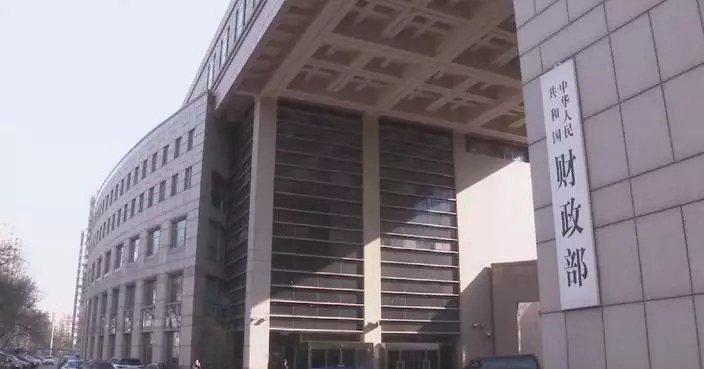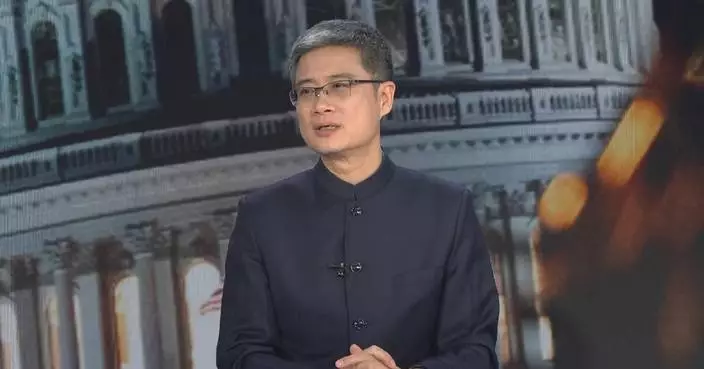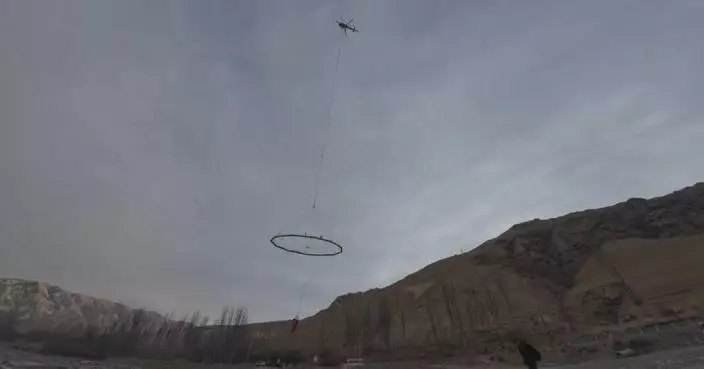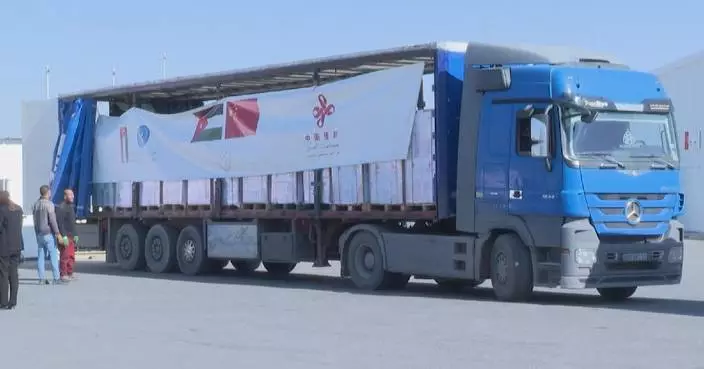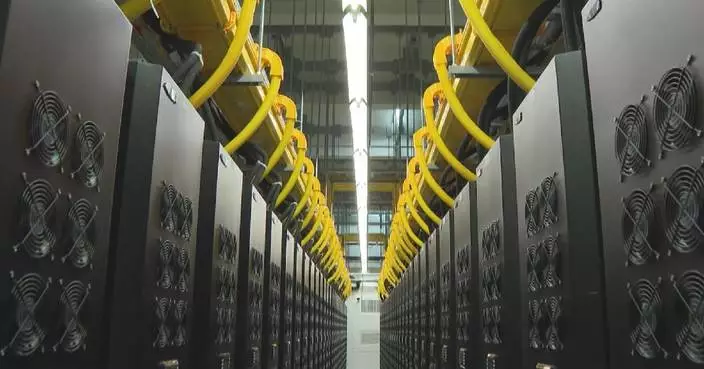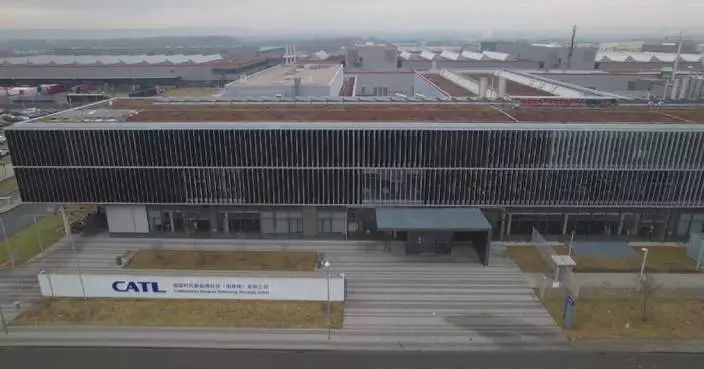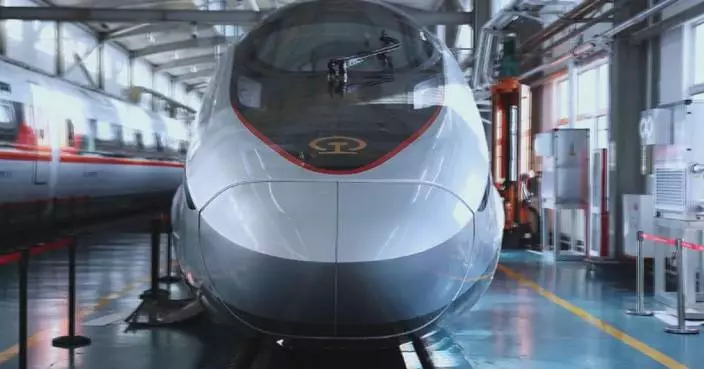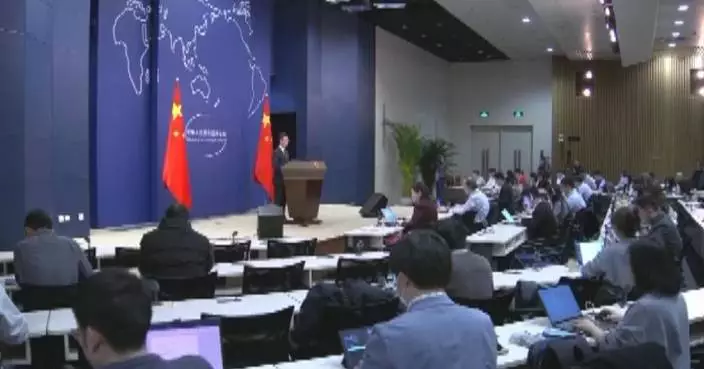A formation of three carrier-based J-15 fighter jets of the Chinese People's Liberation Army Navy (PLA Navy) delivered a debut performance as the latest models of the jet series made their inaugural appearance at the 15th China International Aviation and Aerospace Exhibition in south China on Tuesday.
Also known as Airshow China, the country's premier aviation event is running from Tuesday to Sunday in Zhuhai, a coastal city in Guangdong Province, with this also marking the first time the PLA Navy's has appeared at the airshow with its naval-based aircraft.
The formation, consisting of one J-15D and two J-15T fighter jets, flew over the Zhuhai Jinwan Airport, displaying the advanced capabilities of the aircraft with a refueling and landing demonstration.
Though similar in appearance, the three J-15 aircraft serve different functions, and all are fully domestically developed.
The navy also arranged displays of air assault operations by the Z-20J shipborne helicopter and the Z-8C transport helicopter, carrying naval marine units and related equipment.
Additionally, the navy also exhibited the Z-9F shipborne anti-submarine helicopter and Y-8 anti-submarine patrol aircraft, as well as several shipborne weapons systems and maritime rescue and survival equipment, most of which are being publicly unveiled for the first time.
The J-15, also known as "Flying Shark," is an updated version of the fourth-generation carrier-based fighter jet independently developed by China for its navy, which completed its maiden flight back from the Liaoning aircraft carrier back in 2012.

New J-15 fighter jet models perform aerobatic display in debut at Zhuhai airshow
China urges all parties to expedite efforts toward a two-state solution to ensure peaceful coexistence between Israel and Palestine and achieve peace in the Gaza Strip, Foreign Minister Wang Yi said at the United Nations headquarters in New York City on Tuesday.
Wang, also a member of the Political Bureau of the Communist Party of China Central Committee, made the remarks when briefing the media on China's stance on the crisis in Gaza following the UN Security Council's open debate on Practicing Multilateralism, Reforming and Improving Global Governance.
"The root cause of the conflict in the Gaza Strip is the long-unresolved Palestinian issue. The Palestinian issue has always been the core of the Middle East issue. Without the implementation of the two-state solution, the cycle of resentment and retaliation will not cease, nor will the cycle of violence end. All parties must speed up progress toward the two-state solution and support the creation of an independent Palestinian state based on the 1967 borders. Palestinian factions need to fully implement the Beijing Declaration and realize development through solidarity. All parties in the Middle East need to overcome their divisions and support Palestine in building a state. The United Nations should take action to admit Palestine as a full member state," he said.
"The parties concerned should continue to uphold the ceasefire agreement and advance follow-up negotiations in a constructive manner. The post-war governance in Gaza should adhere to the principle of 'the Palestinians governing Palestine' and be aligned with the two-state solution in a bid to ultimately achieve peaceful coexistence between Palestine and Israel, and lasting stability in the Middle East," said Wang.

China calls for accelerated two-state solution to achieve peace in Gaza: FM





